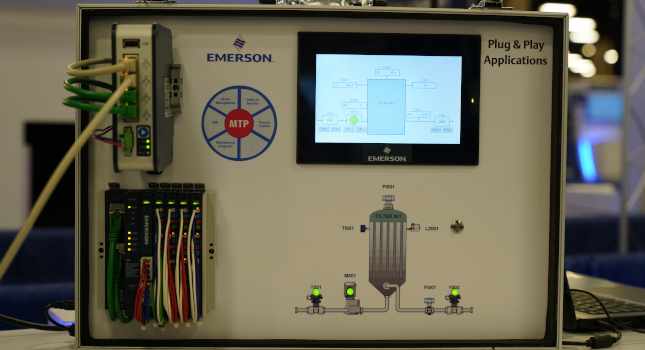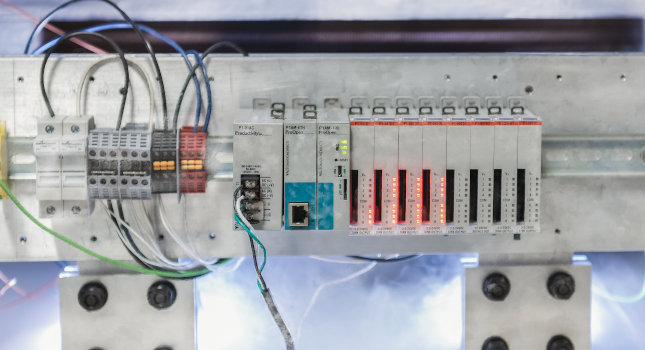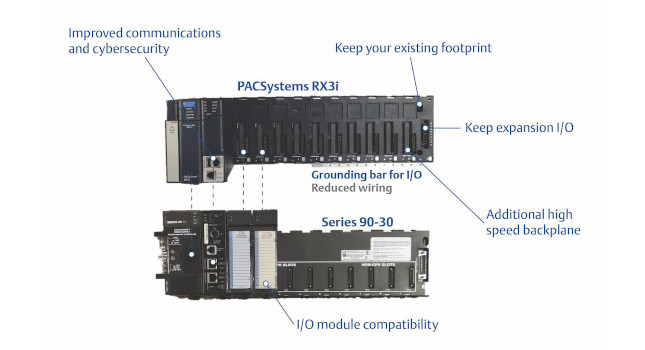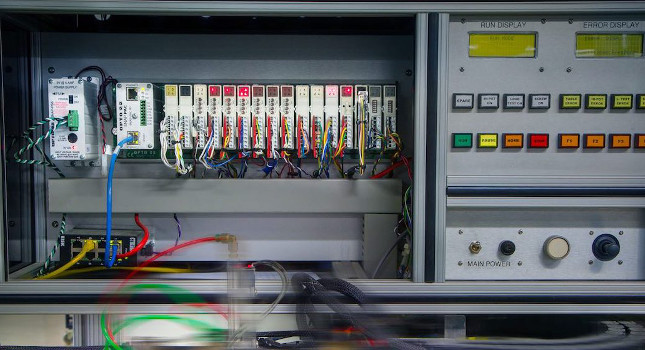The global economic slowdown seemed to hit with full force this past fall. Financing for capital projects began to tighten, and hurdles to justify capital projects began to rise. For many process manufacturers, these economic conditions have caused a shift in business objectives from increasing production to decreasing the costs of goods sold.
The global economic slowdown seemed to hit with full force this past fall. Financing for capital projects began to tighten, and hurdles to justify capital projects began to rise. For many process manufacturers, these economic conditions have caused a shift in business objectives from increasing production to decreasing the costs of goods sold.
So, if you’re an engineer in a process manufacturing plant, what are you supposed to do now?
More than ever, it starts with squeezing more out of the plant you already have by increasing product yields while reducing energy usage; waste and off-spec products; and unplanned downtime.
Reducing the variability of your process is key to many of these savings and improvements. The trick is to identify the low-hanging fruit that doesn’t require a large capital outlay and pays for itself quickly.
As author of the Emerson Process Experts blog ( www.EmersonProcessXperts.com ), I’ve had the chance to profile many process optimization experts. I’ve culled some of their best ideas on places to begin to identify these optimization opportunities. Their experiences — collected and logged over the years — show that the major causes of variability include:
Control valve performance — 30%
Improper tuning — 30%
Improper process and/or control scheme design — 20%
Other — 20%.
The 20% of other causes are not necessarily design- or control-scheme related, but more operational issues that occur over time. These can include pump and compressor issues; electrical interference or grounding issues on the instrumentation signals; humidity; vibration; and a host of “ others .”
Size control valves properly
Start with making your process dynamics as linear as possible. Control valves , being variable in gain, must be correctly sized and characterized for the application’s flow to be sufficiently linear to stay within specified gain limits over the operating range of the process. Greg McMillan, of the ModelingAndControl.com blog, also recommends that you closely consider these five basic valve requirements:
Linearity
Dead time
Response time
Resolution
Dead band.
Greg also recommends using digital positioners on throttle valves to get feedback, high resolution and stable calibration. Many control valve sizing programs, educational courses and specialists are available to help you.
Minimize loop dead time
Next, minimize loop dead time. In addition to control valves, sources of dead time include inadequate signal conditioning on transmitters, incorrect transmitter range/resolution, poor physical location of transmitters and measurement lags from applied filters and dampeners.
Using smart transmitters reduces process and ambient measurement effects, provides stable calibration and returns diagnostics about the transmitter’s health and the health of the surrounding process back to the automation system. Your automation system makes better control decisions with reliable process data provided by these diagnostics.
Measure process dynamics
With the control valves sized and loop dead time minimized, it’s time to measure the process dynamics — both the linear and non-linear components — to tune up your process regulatory control. Process dynamics analysis/diagnostic software can help you identify the simple and complex process dynamics to tune the control loops properly. Guesswork and rule-of-thumb-based tuning can often introduce more variability into the process than they eliminate. Software tools, training, and/or experts are available to help you successfully measure your process dynamics.
Compensate for process dynamics
For the non-linear portions of the overall process dynamics, your best approach is to reduce these nonlinearities as much as possible. One way is to improve the control strategy by changing any master loop configuration to prevent interaction with the slave loops. See if you can remove unnecessary interlocks that may disturb the control loop. If you uncover extremely high process gains, adding upstream control loops can help. Other advanced regulatory control strategies such as feedforward, cascade, override and split-range control can compensate for different process conditions.
Gain scheduling is available in many automation system controllers for loops with nonlinearities. Different regions of the PID controller can have different PID tuning parameters. The goal is to break the non-linear response curves into linear regions and apply the correct tuning parameters for each region.
Finally, you can tweak most modern PID control algorithms to handle special conditions with filters, dead bands and rate limits for the proportional, integral and derivative actions.
Tune the loops
Now that you have the 30% variability caused by control valve issues and 20% from process and control schemes under control, it’s time to tune those loops. For loops with linear process dynamics and the other ones you have linearized through control algorithm compensation, use the Lambda tuning method to tune for the speed required without oscillation. Also, look for software that monitors the variability in the loops in real time and notifies the appropriate plant staff when excessive variability returns.
Apply advanced controls
Solid regulatory control is important for successful advanced controls such as Model Predictive Control (MPC). With this solid foundation in place, next look at your big energy-consuming units such as distillation columns, cracking furnaces, fired heaters, boilers, spray dryers and kilns to apply MPC. Instead of operating these units as a collection of loops, this advanced control algorithm, which runs in the automation system controller, finds the best combination of setpoints to minimize energy consumption and maximize the unit’s throughput.
While some of these recommendations require capital expenditure, many require only expertise, time and focus. Anything you can do to reduce process variability helps you reduce energy usage, lower waste and rework, increase product yield and reduce unplanned downtime.
Proper control valve sizing and maintenance helps to reduce process variability.
Author Information
Jim Cahill is a 20-year veteran with
Lambda tuning method



